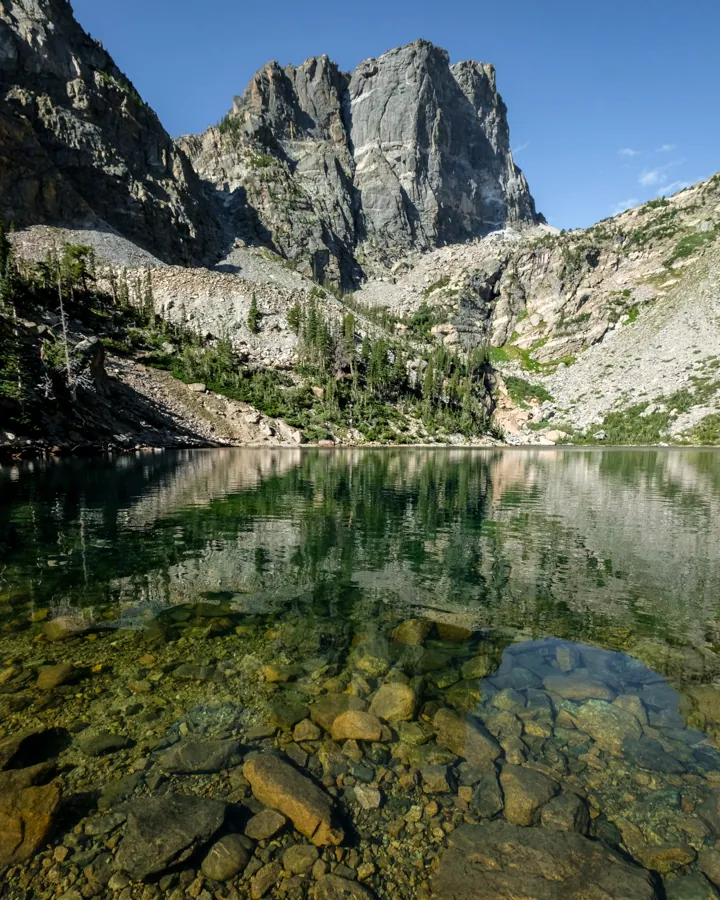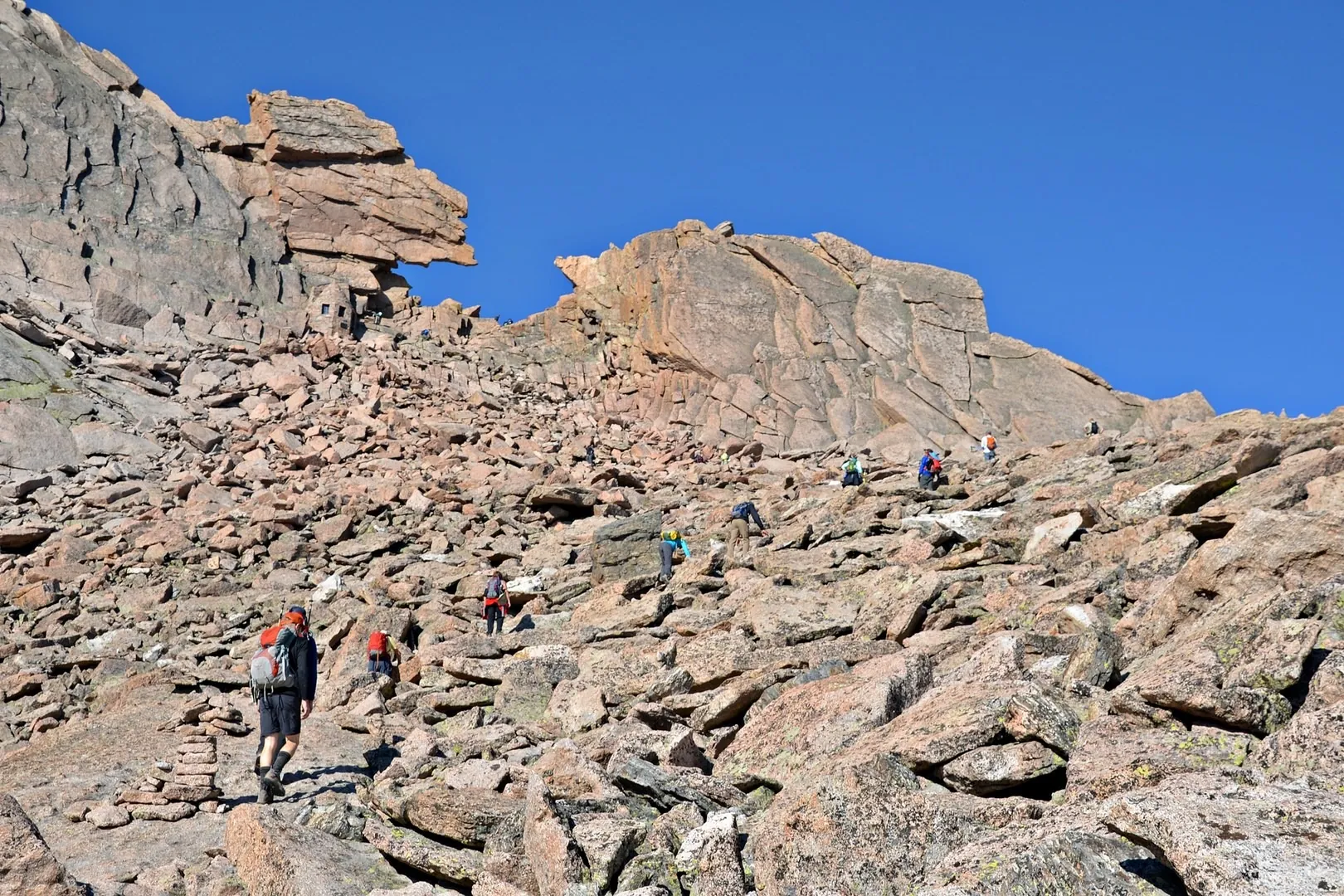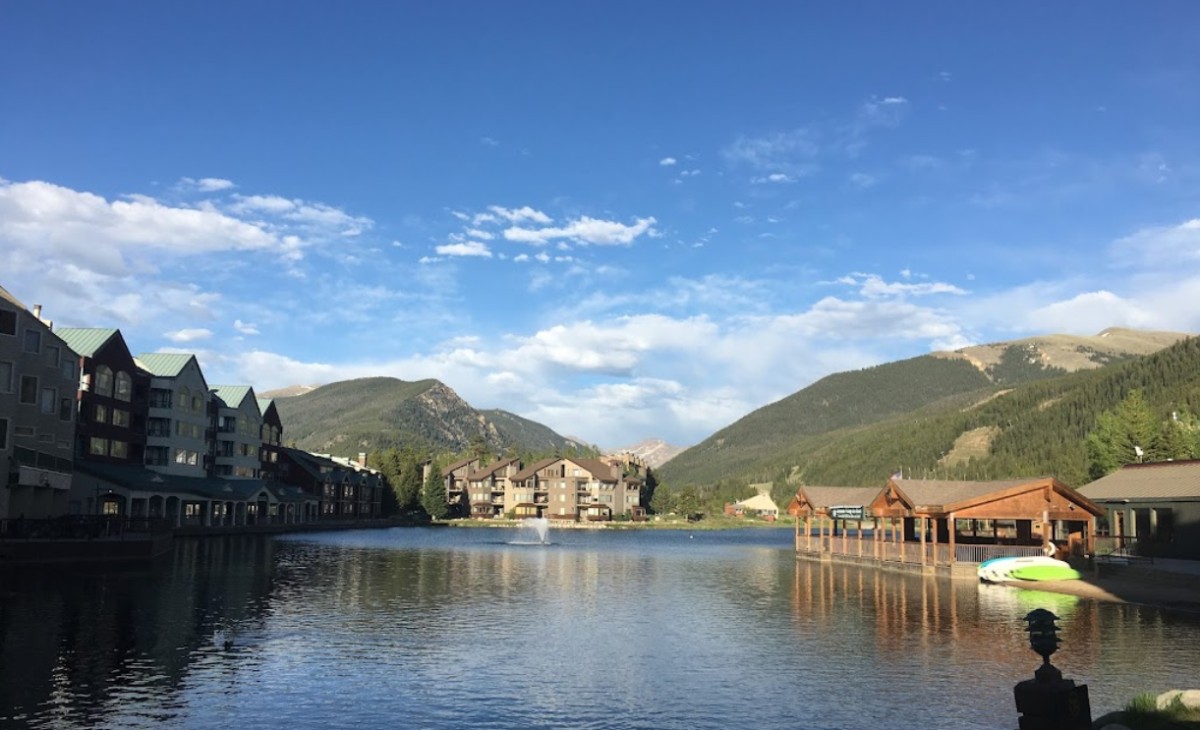7 Best Day Hikes Near Colorado: Must-Try Trails for Adventurers
If you’re craving a dose of nature’s finest, Colorado’s diverse landscapes offer some of the best day hikes in the country. With towering mountains, crystal-clear alpine lakes, and expansive views, these trails promise unforgettable adventures. Whether you’re a seasoned hiker or just looking for a scenic escape, there’s something for everyone.
From the instant glory of Brainard Lake in the Indian Peaks to the challenging 16-mile trek to Storm King Peak in the Grenadier Range, Colorado’s trails showcase breathtaking beauty. These hikes range from moderate to difficult, catering to those who enjoy longer days out, typically between 4 to 8 hours. Each trail offers a unique experience, whether it’s on-trail walks or non-technical scrambling.
As you explore these seven remarkable hikes, you’ll discover why Colorado is a hiker’s paradise. Get ready to immerse yourself in the stunning natural settings and enjoy the best of what the Centennial State has to offer.
Key Takeaways
- Colorado offers some of the best day hikes in the U.S., featuring diverse landscapes, including mountains, lakes, and trails for all skill levels.
- Popular trails include Brainard Lake, Storm King Peak, Maroon Bells, and Hanging Lake, each providing unique views and experiences.
- The hikes vary in difficulty from moderate to strenuous, often taking 4 to 8 hours, and covering challenging terrains and elevation changes.
- Optimal hiking season is during the summer and early fall, when trails are most accessible, but weather conditions can change quickly.
- Preservation and sustainability are key; hikers are encouraged to stick to marked trails and practice leave-no-trace principles to protect the natural beauty.
- These trails not only offer stunning views but also allow hikers to connect with Colorado’s rich history and unique geological features.
Discovering the Essence of Colorado Hikes
In Colorado, every trail tells a story, weaving nature’s splendor with challenging terrains. As you lace up your hiking boots, you’re not just stepping into natural beauty—you’re entering a world where majestic peaks and tranquil lakes coexist, offering an experience unlike any other.
Exploring the Terrain
- Maroon Bells Near Aspen: Widely photographed and famed for their twin peaks, these trails vary from a quick 1-mile loop to a demanding 13-mile round trip. Perfect for fall when golden aspens paint the world.
- Hanging Lake Hike: Situated in Glenwood Springs, this 2.4-mile trek rewards you with breathtaking views of a crystal-clear lake and lush waterfalls. It’s essential to secure a reservation due to its popularity.
- Alberta Falls at Rocky Mountain National Park: A 1.6-mile journey that features the soothing sight of cascading waters, ideal in late spring when the meltwaters surge.
Hidden Gems
Discover lesser-known paths like those in the Indian Peaks Wilderness, where Brainard Lake offers quick access to jaw-dropping views right from the start. For a more adventurous day, try the 16-mile journey to Storm King Peak if you’re up for a rigorous adventure.
Practical Tips
Climate & Best Time to Visit: Colorado’s weather varies widely, with peak hiking in summer (June to August) and early fall (September to October). Always prepare for sudden changes.
Transportation Tips: Renting a high-clearance vehicle opens up more remote trailheads, allowing for a true wilderness experience.
Sustainability Notes
Preserve Colorado’s natural wonders by sticking to marked trails and carrying out what you pack in, maintaining the pristine environment for future adventurers.
Historical & Cultural Insight
Colorado is home to trails steeped in Native American history and pioneering stories. Hiking these paths, you’re following the footsteps of the past, enriched by the panoramic vistas.
Reveal the essence of Colorado hiking as you investigate into these varied paths, whether you’re seeking serene vistas or heart-pumping climbs. Embrace the journey and let each step immerse you deeper into the heart of the wild.
Exploring Emerald Lake Trail

Nestled in the breathtaking Rocky Mountain National Park, the Emerald Lake Trail offers hikers a journey through some of Colorado’s most awe-inspiring landscapes. Starting from the Bear Lake Trailhead near Estes Park, you’re in for a moderately challenging hike that promises stunning views along every step.
Trail Features and Highlights
Emerald Lake Trail is a 3.8-mile round trip with an elevation gain of about 650 feet. As you begin from Bear Lake, the well-maintained path leads you past the serene Nymph Lake and the enchanting Dream Lake. Be prepared to cross charming bridges that save you from getting your feet wet in the gentle creeks. The trail culminates at the pristine Emerald Lake, where the clear water reflects the majestic surrounding peaks. Keep your eyes peeled for a glimpse of trout in the crystal waters as you take in the spectacular alpine scenery.
Best Times to Visit
The optimal time for this hike is during the warmer months of summer and early fall. These seasons provide clear weather and snow-free trails. Starting early in the morning is advisable to enjoy the tranquility and avoid afternoon thunderstorms common in June and July. As you ascend, you’ll witness the vibrant colors of aspen groves painting the world, especially striking in autumn when the leaves turn a magnificent gold. Whether you’re after a peaceful hike or a picturesque adventure, Emerald Lake Trail promises a memorable experience.
Conquering Longs Peak via Keyhole Route


